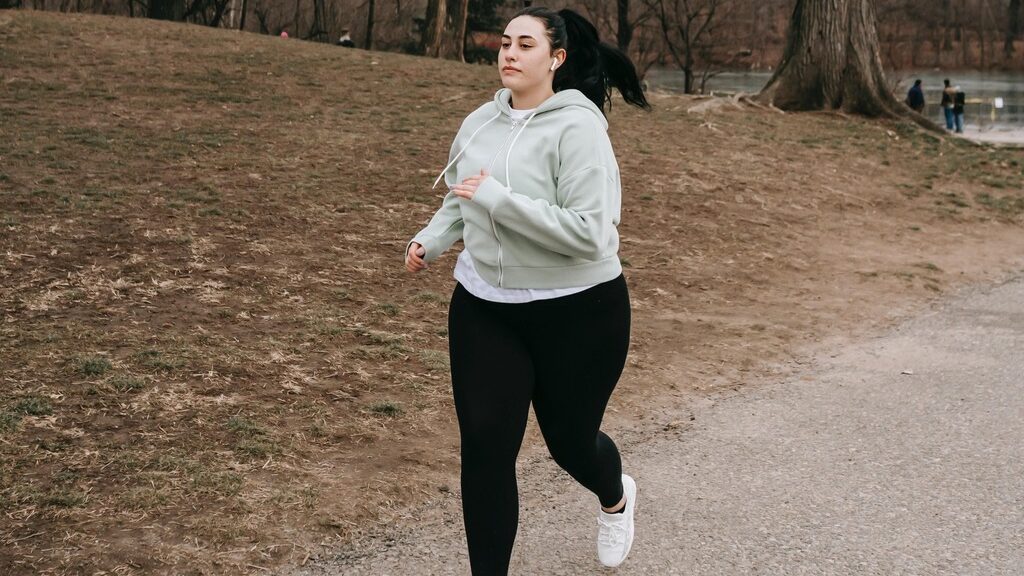There are moments in life where something happens and your stomach or heart sinks, your face gets flushed, your eyes burn with tears, your breath gets short, your chest gets tight, your heart races, your body tenses or shakes, and you feel so much that you may explode.
Does any of this feel familiar?
This feeling can be described as panic or sometimes as a panic attack. Panic, whatever it’s cause, is an incredibly difficult moment to get through. And yet, you will. Panic passes. The panic may naturally lessen over time or you can choose to draw from proven skills to help the panic pass.
If you are panicking, all you have to remember is TIPP – it stands for Temperature, Intense Exercise, Paced Breathing, and Progressive Muscle Relaxation and comes from Dialectical Behavior Therapy (DBT). I will walk you through each one of these skills. You can use one or more when you panic or experience an intense emotion and see how it works for you.
Temperature: Fill a bowl with icy water and dunk your head in or take an ice pack wrapped in cloth and hold it to your face while your head is down between your legs. Hold your breath and do this for 30 seconds. Notice what happens.
Why does this work? Cold slows the body down because of the mammalian dive reflex. It makes the parasympathetic nervous system (calming system of the body) kick in when a person holds their breath and feels cold water.
Intense Exercise: Go for a run around the block or walk fast. Jump rope or dance. Run up and down the stairs. Do any exercise that increases your heart rate. Do this for 10-15 minutes. If you have a disability that impacts your ability to exercise intensely, you may opt for things like sitting exercises, swimming, or other activities that you notice increase your heart rate if you are able to do so safely.
Why does this work? Spending some of the energy that increases when you panic can help bring your emotions down and help you regulate.
Paced Breathing: Breathe in for 4-5 seconds through your nose. Breathe out for 6-7 seconds through your mouth. Do this for a few minutes until you feel calmer.
Why does this work? This exercise allows you to catch your breath, slow your body, and stimulate the parasympathetic nervous system to calm you.
Progressive Muscle Relaxation: While sitting, close your eyes (if you are able to and comfortable with having your eyes closed, if not soften your gaze). From the very top (top of head) or very bottom (toes) of your body, tense your muscle (squeeze) and then relax it (let go). Do this through each part of your body.
Why does this work? Tensing first allows you to focus on just that part of your body and deepen your relaxation when you release the tension.
These skills may take practice to work and can be used in conjunction with other coping skills you may already employ. Practicing while calm may be a good start so that you can experience what these skills feel like and access them easier when you do need them. Remember, panic passes, intensity passes. You can get through this moment.
























